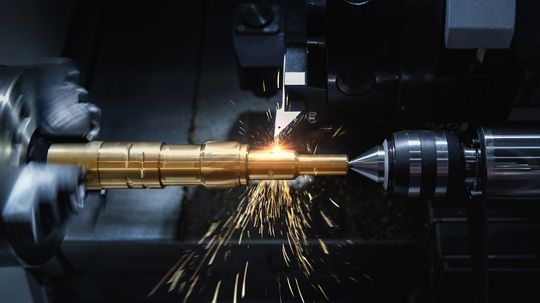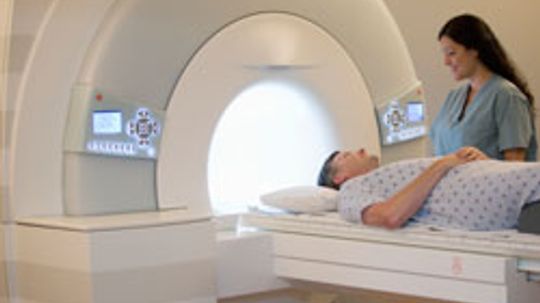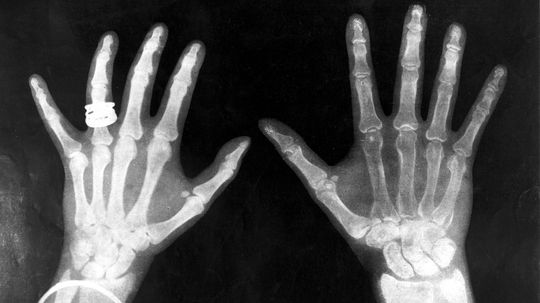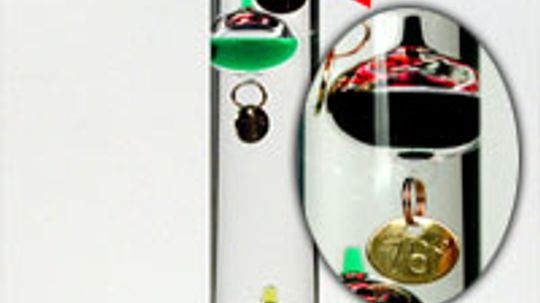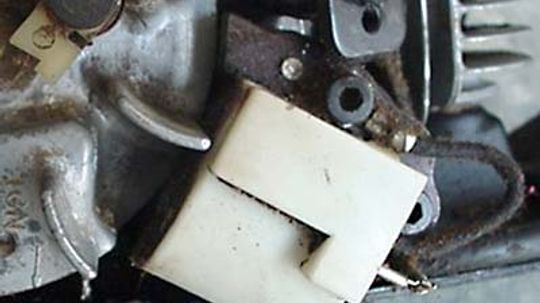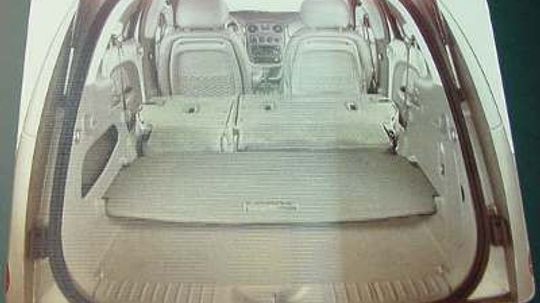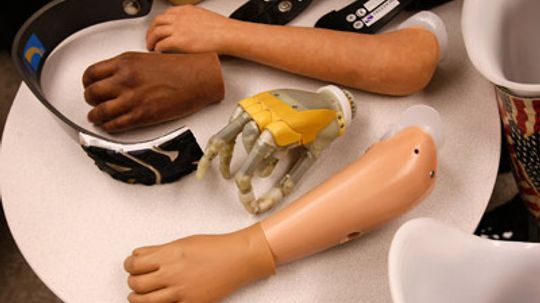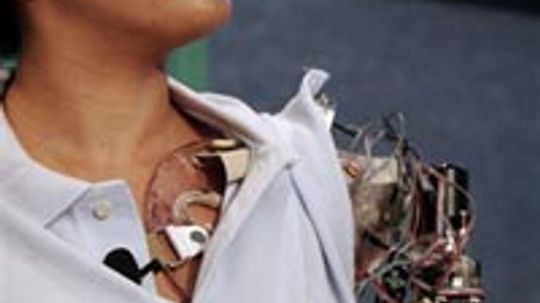Devices
Ever wondered how that thing works? Explore the inner workings of many common devices and inventions, as well as those that aren't so common, such as compasses, gyroscopes and bug zappers.

The World's Most Awe-inspiring Glass Buildings

10 Innovative Architects to Watch

16 World-Famous Architects and Their Impact

The Steepest Road in the World, Plus 9 Rival Inclines

Here's Longest Bridge in the U.S., Plus 7 Runners-Up

What's the Hardest Wood in the World?

10 Types of Metal (and We Don't Mean the Music)

Are food-based plastics a good idea?

Your Thoughts Could Activate a Tiny Robot Inside Your Own Brain

How Star Wars Works: Fan-built Droids

Robot Pictures

What's the Scariest Roller Coaster in the World? 10 Contenders

The Tallest Roller Coaster in the World Stood for 19 Years

Tallest Building in the U.S. and 13 Other Stunning Skyscrapers
Learn More
Swords have served as tools of war, status symbols and ceremonial items across various cultures and historical periods. From medieval Europe to feudal Japan, the types of swords reflect the combat styles, technological advancements and cultural identity of the societies that wielded them.
The Russian lathe accident remains a chilling reminder of the potential dangers associated with industrial machinery.
By Mack Hayden
All eyes are trained on you at halftime as you make slow sweeps across the rink, leaving sparkling smooth ice in your lumbering wake. The fans cheer. You tip your head slightly in modest acknowledgement. This is the life of the Zamboni driver.
Advertisement
Most of the world uses the metric system for everyday measurements, but only three countries in the world use the imperial system as their official system of measurement.
By William Harris & Sascha Bos
Fractals produce fascinating and intricate designs. Browse through this gallery featuring pictures of a variety of fractals like Mandelbrot and Julia sets and find out why nature is loaded with fractals.
By Holly Frey
An MRI scan is the best way to see inside the human body without cutting it open, but that may be little comfort to you when you're getting ready for the exam. Lying perfectly still on a tiny slab in a narrow hole, you might wonder what's happening to your body.
By Todd A. Gould, RT-(R)(MR)(ARRT) & Molly Edmonds
I am entering a chemistry contest at my high school. The goal is to build the battery that produces the most watts for one minute. Our battery can't be bigger then 1 foot in any direction and can't use strong acids. What are the best chemicals to use, and what's the best design?
Advertisement
I've heard of bank robbers being foiled by a "dye pack" put in their money stash. What is a "dye pack"?
X-ray machines seem to do the impossible: They see straight through clothing, flesh and even metal, thanks to some very cool scientific principles at work. Find out how X-ray machines see straight to your bones.
By Tom Harris
CAT scans take X-ray imaging to a whole new level. Find out how a CAT scan machine uses "slices" to form a 3-D computer model of a patient's insides.
By Tom Harris
Unlike a regular SCUBA regulator which creates bubbles when the person wearing the apparatus exhales, a rebreather produces no bubbles when someone exhales. What exactly is a rebreather and how does it work?
Advertisement
One of my co-workers has an interesting thermometer on his desk. It is a glass tube with different-colored floating things in it. What kind of thermometer is this, and how does it work?
Ultrasound lets us peek into the human body to see everything from heart valves to a moving baby. But how do sound waves give us a picture?
In a lot of movies you see windows that are 'bulletproof.' Does bulletproof glass really exist, and if so, how does it work?
I am curious about the ignition system in my lawn mower. I know that a spark plug creates a high-voltage spark, and I know in my car the electricity for the spark comes from the battery. My lawn mower doesn't have a battery, so where does the electricty come from?
Advertisement
A friend of mine showed me this card that the image changed depending on the angle that you view it at. How does that work?
This nonlethal weapon doesn't cause any lasting damage, but it may cause you to pray to the porcelains gods if an officer shines one in your eyes long enough to subdue you.
What if a scan could not only help diagnose diseases of the brain, but maybe even determine what we're thinking and feeling? A noninvasive fMRI test could do just that.
Your body is a remarkable piece of biological machinery, and your limbs are no exception. Did you ever wonder how prosthetic limbs are made and how they are controlled? And are scientists developing bionic artificial limbs?
Advertisement
Whether they're sorting out scrap metal or helping us unlock the secrets of the universe, electromagnets are pretty nifty devices. What's so great about magnetism on demand? We'll electrify you with the details.
Did you know that airplanes and space shuttles use the utterly low-tech gyroscope for navigation? Discover the secret behind gyroscopic motion!
Why does air cool down when pushed around by an electric fan? You would think that air molecules in motion would be creating friction, and therefore increasing the ambient temperature instead of decreasing it. So why do you feel cooler?
Rail guns leave gunpowder-based weapons in the dust (one can hit a target 250 miles away in six minutes). So why isn't the military using them? Find out how rail guns can be used and learn about the limitations of this technology.
Advertisement
With the help of Q, James Bond can breeze through a security system that requires the villain's irises, voice and handprint. Biometrics isn't just for the movies. Real-life businesses and governments are using it. Check it out.
The Rehabilitation Institute of Chicago introduced a new bionic arm that can be controlled by reading a person's thoughts. How does this technology work? Can you control a machine with thoughts? Learn about the bionic arm in this article.
By Julia Layton

